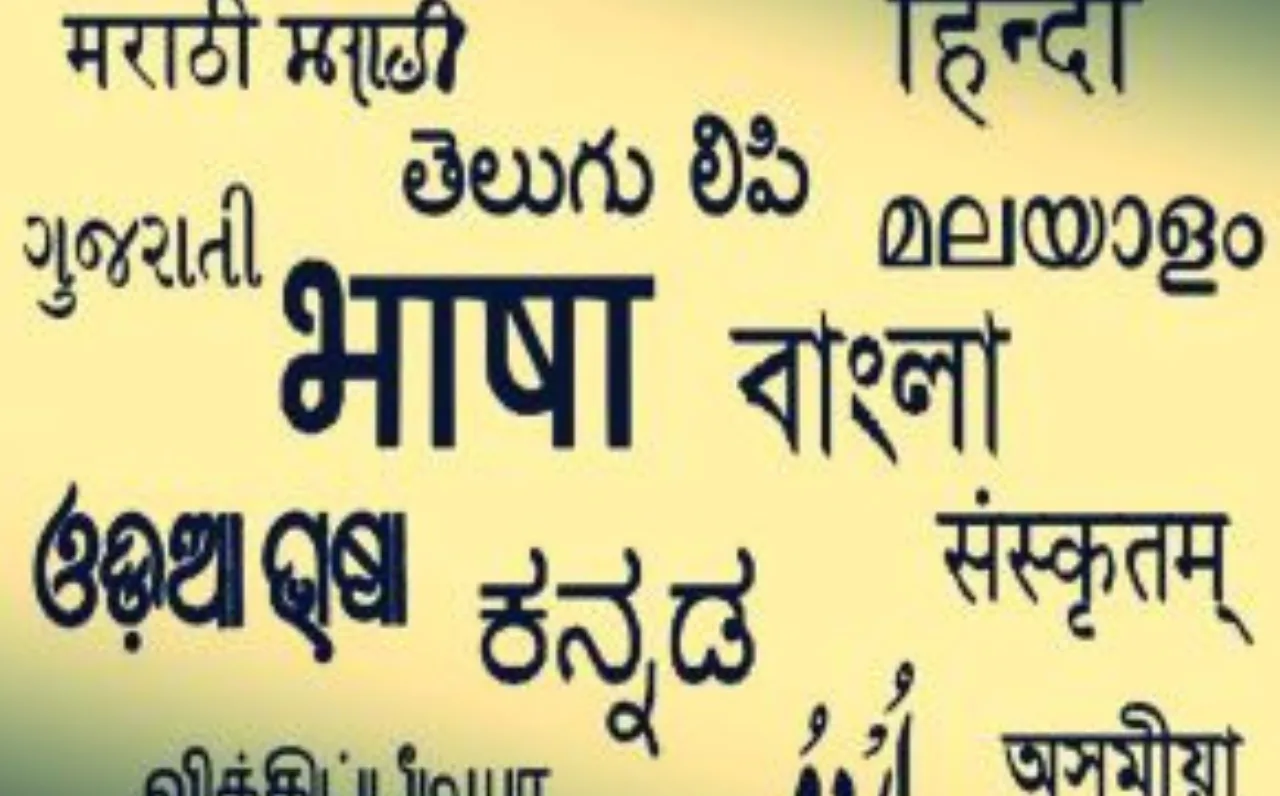In India, the recognition of classical languages is more than a symbolic gesture; it is an effort to safeguard the nation’s linguistic and cultural history. In 2004, the Indian government designated Tamil as the first classical language. Over the next few years, the government added Sanskrit, Telugu, Kannada, Malayalam, and Odia to the list. Now, efforts are being made to extend this status to more languages that have played a pivotal role in shaping the country’s identity.
A classical language is essentially one that has a rich heritage and historical significance. In the context of India, a classical language is one that has deeply influenced the literature and culture. It represents a link to the past, where ancient civilizations flourished, creating texts, philosophies, and art that still hold sway over modern Indian life.
The Government of India, guided by a committee of linguistic experts, uses specific criteria to determine whether a language can be deemed classical. The criteria include:
1. Antiquity: The language must be at least 1500–2000 years old. This ensures that the language has historical depth and a long-standing presence in Indian culture.
2. Extensive body of ancient literature: The language should have a significant corpus of ancient texts, both written and oral, which is considered of high aesthetic and literary value. These texts should cover diverse subjects such as philosophy, poetry, grammar, and science.
3. Originality and distinctiveness: A classical language should have originated independently and should not be a derivative of another language. It should show continuity over a long period, even if it has gone through various stages of development.
4. Cultural heritage: The language should have significantly contributed to the cultural development of the nation. It should be intricately linked to the socio-cultural fabric of a region or community.
5. Legacy of the language in modern times: Although a classical language might not be widely spoken in daily life today, it must still be revered, studied, and appreciated, either as a literary or cultural pursuit. The influence of the language on modern linguistic patterns and its ability to survive through religious, academic, and cultural traditions play a key role in its recognition
Tamil: The First Classical Language
In 2004, Tamil became the first language in India to be declared classical, owing to its ancient heritage that dates back over 2000 years. Tamil literature is rich in poetry, philosophy, and grammar. The Sangam literature, composed between 300 BCE and 300 CE, is regarded as one of the world’s most significant ancient literary treasures.
Sanskrit: The Language of the Gods
Sanskrit, often referred to as the “language of the gods” due to its use in Vedic rituals and ancient scriptures, followed Tamil in receiving classical status. Though it is no longer widely spoken as a native language, Sanskrit’s influence on Indian culture and religion is undeniable. It is the language in which the foundational texts of Hinduism, Buddhism, and Jainism were written. The impact of Sanskrit extends far beyond religion, having shaped linguistic patterns, grammar, and literature across India.
Sanskrit also remains a subject of global academic interest, studied extensively for its grammatical precision and as a key to understanding Indo-European language structures.
Telugu, Kannada, and Malayalam: The Dravidian Trio
Telugu, Kannada, and Malayalam, three of the four Dravidian languages, were added to the list of classical languages between 2008 and 2013. All three have a rich history of literature, particularly in poetry and prose.
Telugu, recognized in 2008, is renowned for its musicality and poetic elegance. Its classical literature, particularly during the Vijayanagara Empire, stands out for its richness and depth.
Kannada, declared classical in 2008, boasts one of the oldest traditions in Dravidian literature, with works like the “Kavirajamarga” of the 9th century and the literary creations during the Hoysala dynasty.
Malayalam, recognized in 2013, is a relatively younger language compared to the others. However, its classical status reflects the depth and originality of its literary works, especially the devotional texts and unique poetic traditions.
Odia
Odia, a language from the Indo-Aryan family, became the sixth classical language in 2014. Spoken predominantly in the state of Odisha, its literary tradition spans over a millennium. The Charyapadas, devotional songs from the 7th century, are considered to be among the earliest works in Odia, and the language has since developed a vast body of literature ranging from epics to modern novels.
New Languages added to the classical list
Pali and Prakrit
Pali, the language of Theravada Buddhist scriptures, and Prakrit, a group of vernacular dialects, were crucial in disseminating religious and philosophical ideas in ancient India. Both played essential roles in the growth of Buddhism and Jainism, and their classical status would help preserve their unique contributions to Indian culture.
Marathi
Marathi, a major language in modern India, is renowned for its rich medieval literature and is often discussed in debates about classical language status. With a literary tradition spanning centuries, Marathi has played a pivotal role in the evolution of devotional and Bhakti literature, especially through the timeless works of saints like Sant Tukaram and Sant Dnyaneshwar.
Assamese
Assamese is an Indo-Aryan language spoken predominantly in the northeastern Indian state of Assam. It evolved from the Kamarupi Prakrit, with written records dating back to the 13th century. The language has a rich literary tradition, including the devotional works of the 15th-century saint and reformer Srimanta Sankardev. Assamese is the official language of Assam and is spoken by over 15 million people. It has contributed significantly to Indian literature and culture, with works in poetry, prose, and drama enriching its heritage.
Achieving classical status comes with several benefits, including funding for research, preservation, and promotion of the language. Universities have set up dedicated departments to study these languages, and ancient manuscripts translated, analyzed, and made accessible to a wider audience. Moreover, classical status enhances the pride and cultural identity of the regions where the languages are spoken. It is a recognition of their historical and intellectual contributions to Indian civilization.
